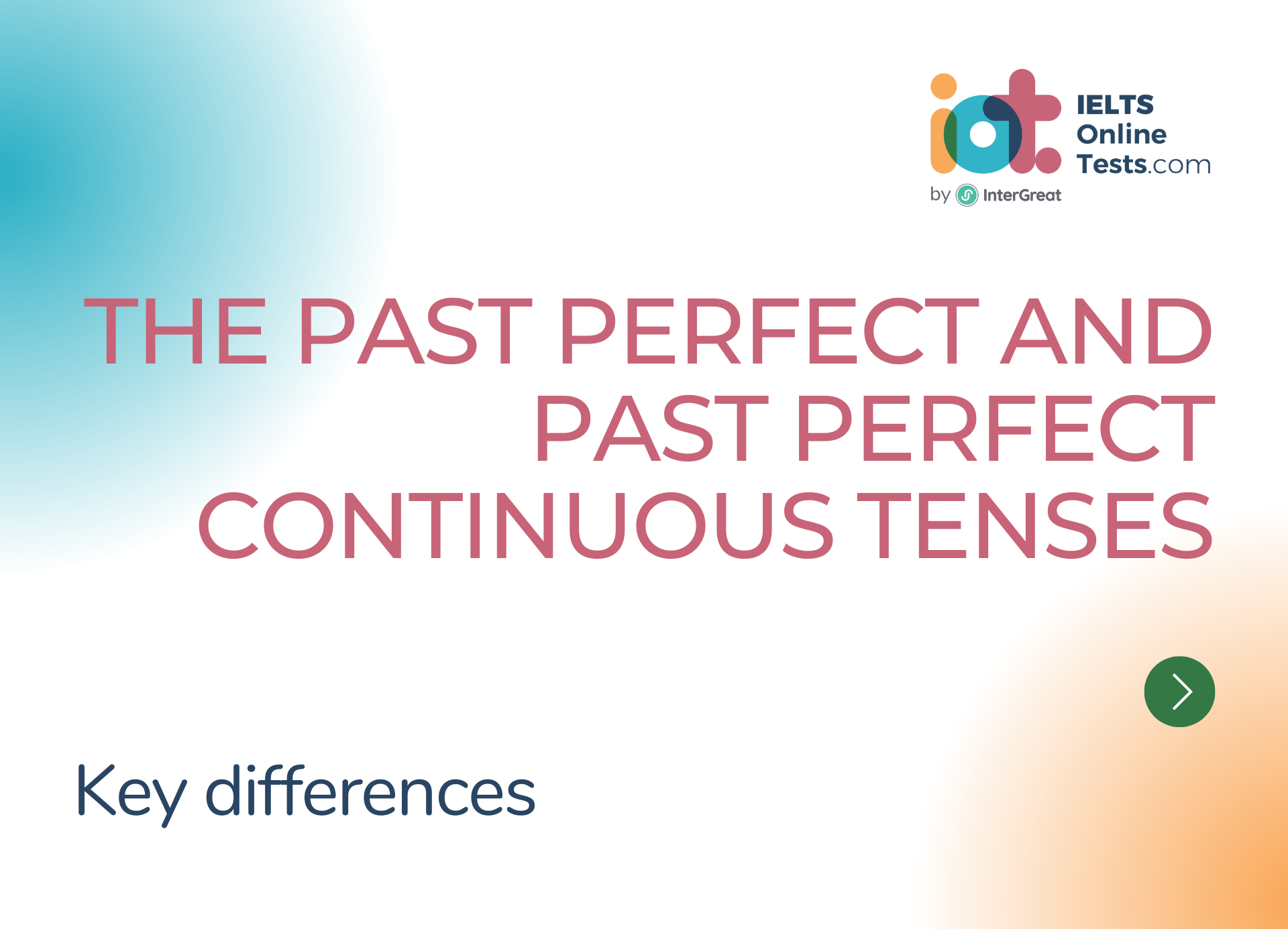
Key differences between the Past Perfect and Past Perfect Continuous Tenses
Here's a comparison between the past perfect and past perfect continuous tenses:
Past Perfect Tense:
- Describes an action or event that was completed before another past action or a specific point in the past.
- Emphasizes the earlier action or event.
- Uses "had" + past participle form of the main verb.
- Example:
- I had already finished my work when she called.
- They had traveled to Europe before they got married.
- She had studied French for two years before she moved to Paris.
Past Perfect Continuous Tense:
- Describes an ongoing action or state that was in progress before another past action or a specific point in the past.
- Emphasizes the continuous duration leading up to that point.
- Uses "had been" + present participle (-ing form) of the main verb.
- Example:
- He had been working all day before he took a break.
- They had been waiting in line for hours before the concert started.
- We had been living in the city for five years before we decided to move.
KEY DIFFERENCES:
| Past Perfect | Past Perfect Continuous | |
| Completed Action vs. Ongoing Action: | Describes an action or event that was completed before another past action or point in the past. | Describes an ongoing action or state that was in progress before another past action or point in the past. |
| Emphasis: | Emphasizes the earlier action or event. | Emphasizes the continuous duration leading up to another past action or point in the past. |
| Verb Structure: | Uses "had" + past participle form of the main verb. | Uses "had been" + present participle (-ing form) of the main verb. |
| Usage: |
In summary, the past perfect tense is used to describe completed actions before another past action or point, while the past perfect continuous tense is used to describe ongoing actions or states leading up to another past action or point. The choice between them depends on whether you want to emphasize the completion of the earlier action or the ongoing nature of the action leading up to another point in the past.




